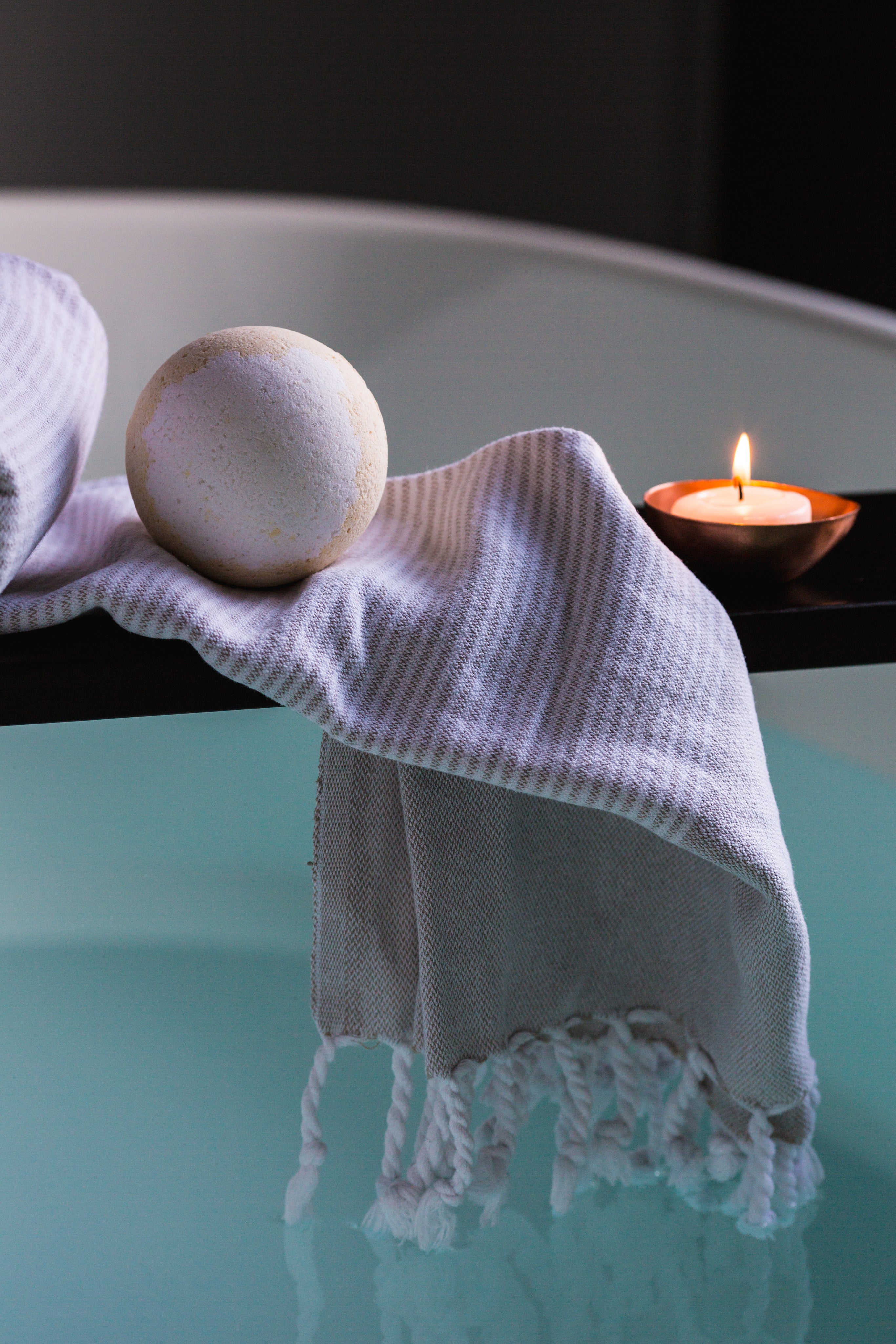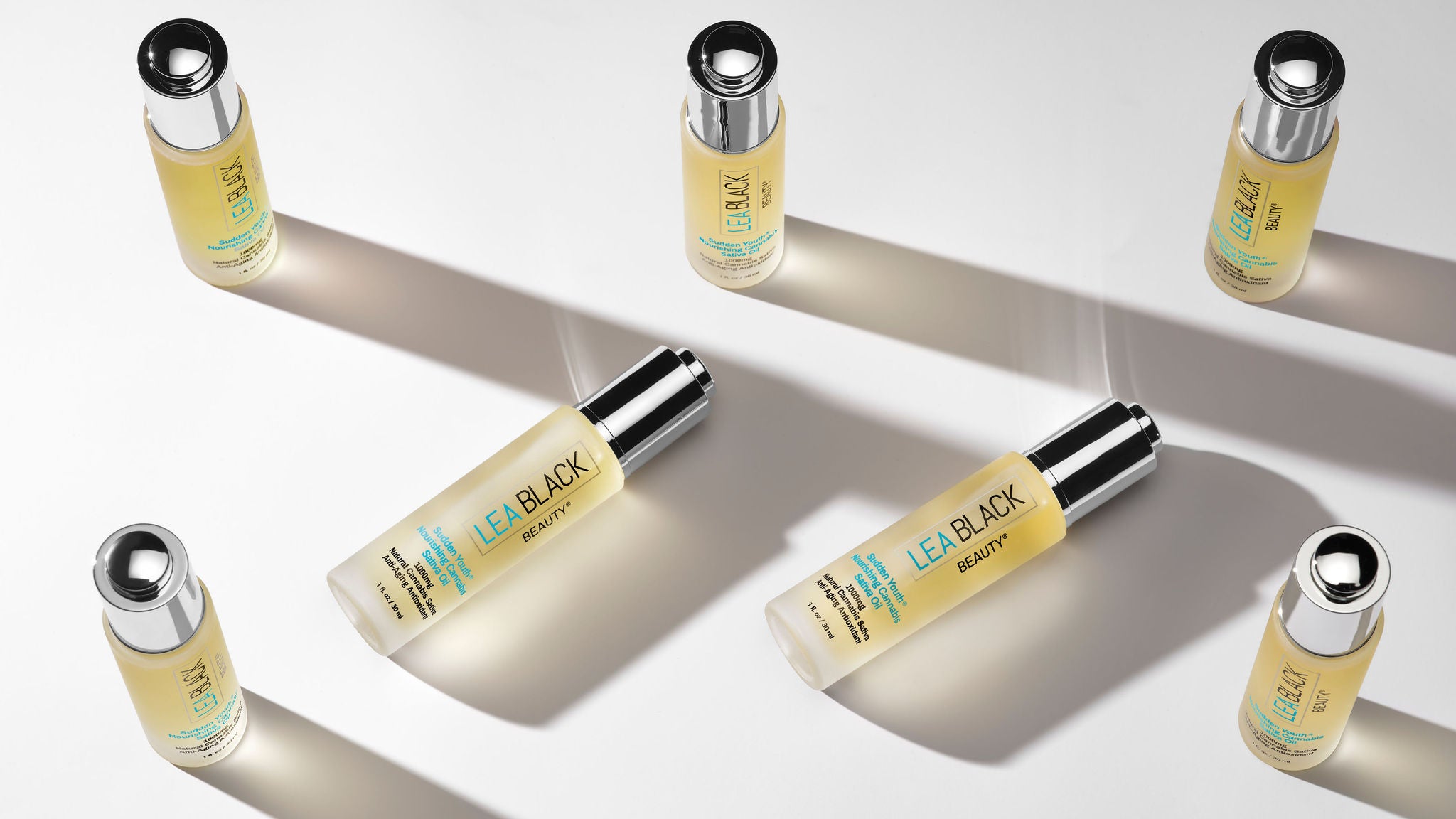What is my skin type? A lot of customers reach out to us with this question, so we decided it’s time to provide a guide to skincare for different skin types. Once you understand your skin type, you can choose products that fit your unique needs, naturally helping you to achieve your beauty goals.
According to the American Academy of Dermatology (AAD), there are five main types of skin: normal, oily, dry, sensitive, and combination. The primary factors that determine the type of skin are the amount of sebum (oil) the skin produces and its hydration level, as well as its sensitivity to external stimuli.
What is my skin type? First, we’re going to provide an overview of each skin type and its characteristics. Then, we’ll show you two easy methods to help you determine which skin type you have. Let’s begin!
Normal Skin
Normal skin has an even balance—it’s not too dry or too oily but right in the middle. Typically, normal skin is smooth with small pores and isn’t prone to breakouts. That said, an effective skincare routine is still required to maintain a healthy complexion.
Oily Skin
Oily skin occurs when the skin produces more sebum than is required to maintain moisture, resulting in shiny, glossy skin that feels greasy to the touch, especially around the T-zone (chin, nose, and forehead.
What is my skin type, and how do I approach skincare for different skin types, such as oily skin? While choosing products that are catered to your skin type is important, all skin types have similar requirements, as well.
For example, you might assume that using moisturizer on oily skin would be counterproductive, but hydrating products can actually help to regulate sebum production.

Dry Skin
Dry skin can be caused by a wide range of external factors, but it typically occurs when the skin doesn’t produce enough sebum to maintain adequate moisture levels. This can cause the skin to be red, flaky, scaly, tight, brittle, and/or rough.
What is my skin type trying to tell me? In the case of dry skin, moisturizing should be a top priority. Additionally, look for products with ingredients that lock in moisture and strengthen the skin barrier to protect from external stressors—hyaluronic acid, ceramides, and glycerin may help.
CBD is another skincare ingredient that’s famous for its powerful hydrating properties, among many other anti-aging benefits. Give our CBD products a try—they might just be the holy grail solution to dry skin you’ve been waiting for!
Sensitive Skin
Unlike the other skin types, sensitive skin isn’t characterized by sebum production. It’s possible to have oily sensitive skin, dry sensitive skin, and combination sensitive skin.
Many customers wonder: “What is my skin type if I get a burning or tingling sensation after using certain skincare products?” The answer is usually that they have sensitive skin, especially if they’ve been using products with harsh chemicals or synthetic fragrances.
Although choosing the right skincare for different skin types is always important, people with sensitive skin need to be extra careful. Fortunately, our 100% natural skincare products are chemical-free (including parabens) and contain no synthetic fragrances.
Combination Skin
As the name suggests, combination skin typically has areas that are oily (usually the T-zone) and other sections that are either dry or normal.
What is my skin type if it changes seasonally or due to other factors, such as stress or hormones? These changes in dryness and oiliness usually signify combination skin, as well.
Taking care of combination skin requires that you use high-quality skincare products that hydrate and regulate sebum production to bring balance to your complexion.
How to Determine Your Skin Type

Hopefully these characteristics help you to recognize your skin type. Here are two easy tests you can perform at home to help you gain further insight into your skin type. If you’re still not sure, a dermatologist can provide guidance on your skin type and skincare for different skin types.
What Is My Skin Type?
Test 1
- Wash your face with a mild cleanser.
- Wait 30 minutes.
- If your skin feels tight or is scaly or flaky, you probably have dry skin.
- If your skin looks shiny all over, you probably have oily skin.
- If your skin’s T-zone is shiny, you p[probably have combination skin.
- If your skin has a burning or tingling sensation, you probably have sensitive skin.
- If your skin isn’t shiny but feels hydrated, you probably have normal skin.
Test 2
After cleansing, press a blotting sheet against your skin and analyze the amount of oil that’s visible. What is my skin type based on the blotting sheet test? Here’s a quick guide:
- Oily skin produces a significant amount of oil.
- Dry skin produces little to no oil.
- Combination skin typically shows oil only from the T-zone.
- Normal skin produces a minimal, equal amount of oil throughout the whole face.
Find Your Perfect Solution Today
Now that you’ve learned about skin types, you should be able to build a daily skincare routine that fits your unique needs. At Lea Black Beauty®, we offer a wide range of proprietary formulas so everyone can find their ideal skincare for different skin types.
What is my skin type? If you’re still not sure which products are right for you, get in touch. One of our in-house experts can assist you in selecting products that will leave your skin healthy and glowing.
Not sure where to begin? Browse our best sellers and Beauty Bundles—these popular products are world-renowned for a reason! Regardless of your skin type, you can look forward to a luxurious experience and clinically proven results. Shop now, and join our rewards program to earn points on your purchase!





